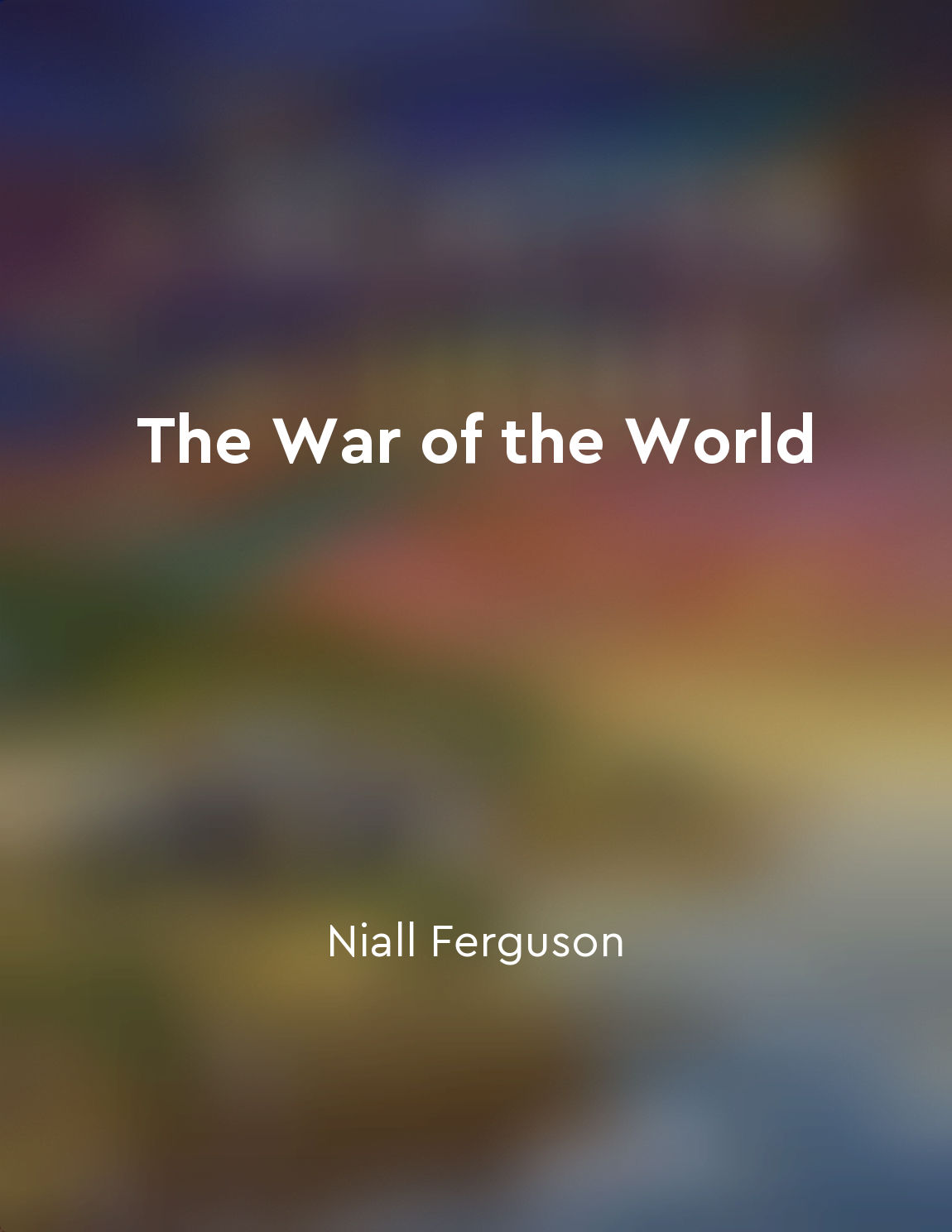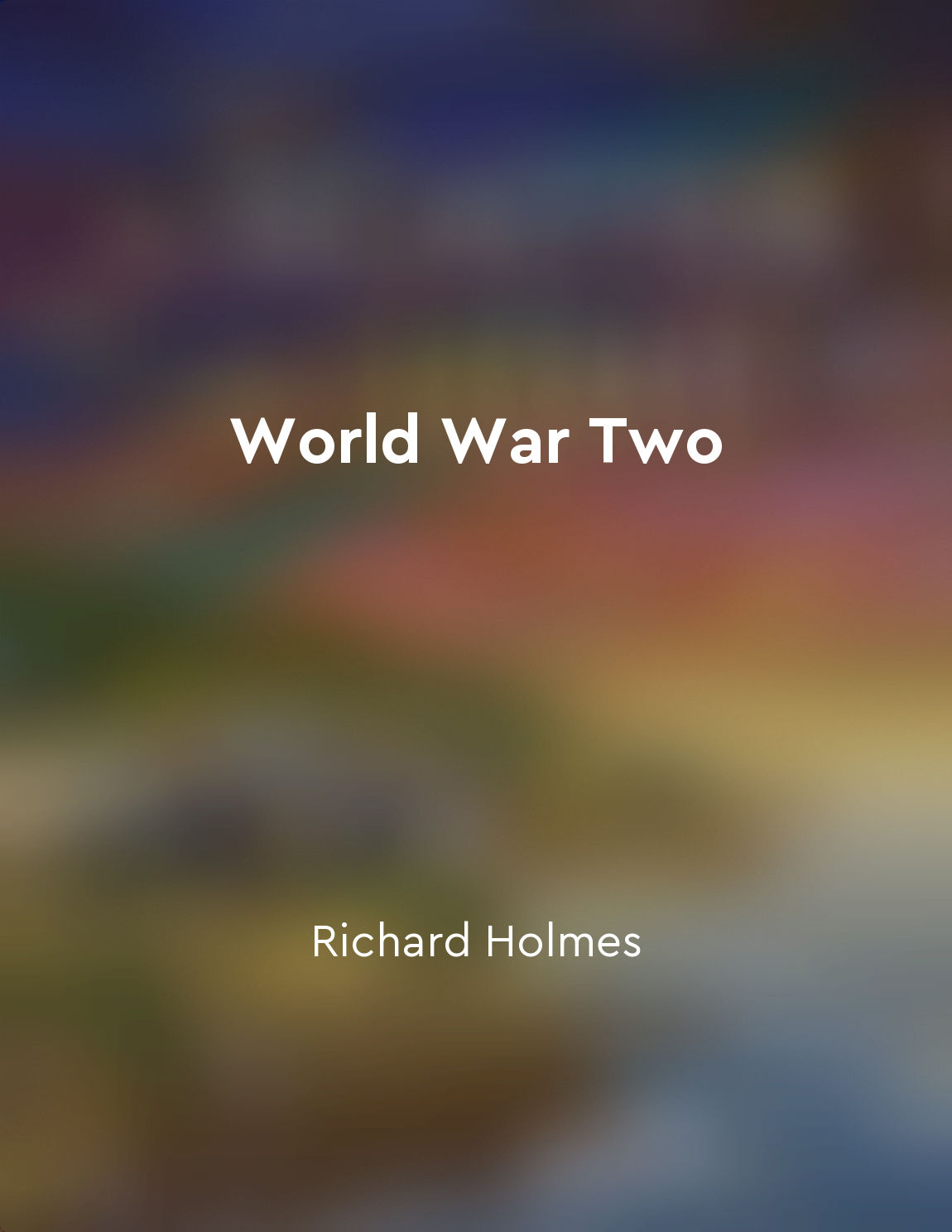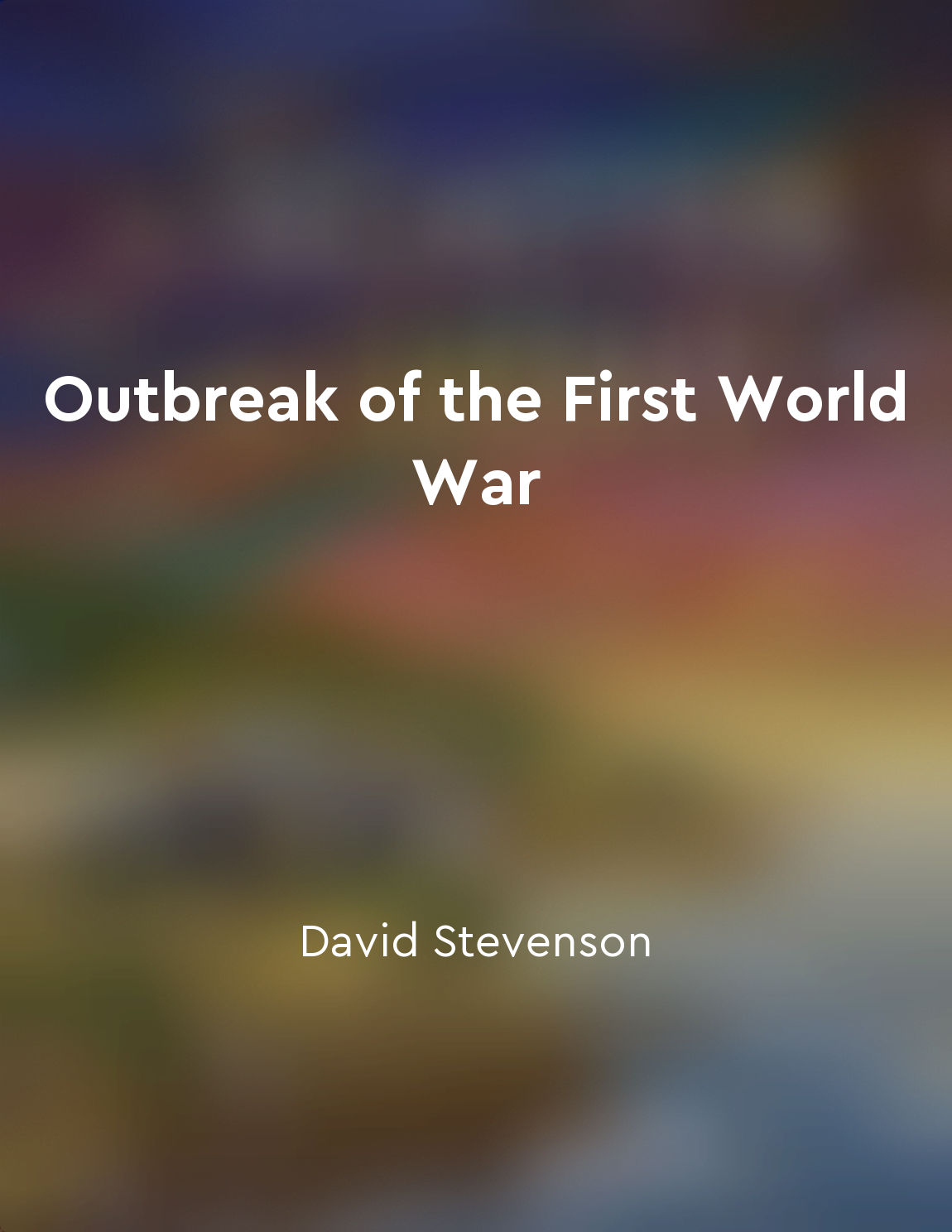Europe pre1914 characterized by rivalry among major powers from "summary" of The Origins of the First World War by Annika Mombauer
Europe before 1914 was marked by a complex web of alliances and rivalries among the major powers, such as Germany, Austria-Hungary, Russia, France, and Britain. These powers were constantly vying for influence and territory, seeking to maintain a balance of power in the region. The system of alliances that had developed over the years was meant to deter aggression and prevent any one power from becoming too dominant. However, these alliances also created a delicate balance that could easily be upset by any number of factors. The arms race that had been raging for years only served to heighten tensions between the major powers, as each sought to outdo the others in terms of military strength. The development of new technologies, such as dreadnought battleships and machine guns, only added to the sense of uncertainty and insecurity that pervaded Europe at the time. Nationalism also played a significant role in the rivalry among the major powers, as each sought to assert its own interests and assert its dominance over others. The rise of nationalist movements within the empires of Austria-Hungary and Russia, as well as the desire for independence among ethnic groups in the Balkans, further complicated the situation and added to the sense of instability in the region. The assassination of Archduke Franz Ferdinand of Austria-Hungary in 1914 served as the spark that ignited the powder keg of tensions that had been building for years. The complex web of alliances that had been created to deter aggression now served to draw the major powers into a conflict that would ultimately engulf the entire continent and lead to the outbreak of the First World War.- It is clear that Europe before 1914 was a powder keg waiting to explode, with the rivalry among the major powers serving as the primary catalyst for the outbreak of war. The intricate web of alliances and the constant jockeying for power and influence created a volatile environment that was ripe for conflict. The events that unfolded in the summer of 1914 were the culmination of years of tension and competition among the major powers, ultimately leading to the cataclysmic events of the First World War.
Similar Posts
Diplomatic failures exacerbated the conflict
The failure of diplomacy only served to make matters worse as the conflict escalated. Rather than working towards a peaceful re...

Building a more just and equitable world is key to preventing future conflicts
In the grand tapestry of human history, conflict has been a constant thread, weaving its way through the fabric of time. Wars h...
The war revealed the limitations of leadership
The First World War was a cataclysm that exposed the shortcomings of leadership in a way that had never been seen before. As na...

Empires rise and fall throughout history
The ebb and flow of empires is a common thread in the tapestry of human history. From ancient Mesopotamia to the Roman Empire, ...
The United States entered the war on the side of the Allies
At the beginning of August 1914, as Europe descended into the chaos of World War I, the United States found itself in a positio...

Diplomatic relations reshaped
The tumultuous years of World War Two brought about significant changes in diplomatic relations between nations. Traditional al...
Economic interests contribute to conflict escalation
One of the central arguments put forth in 'The Origins of the First World War' is the idea that economic interests played a sig...

Legacy of the First World War
The impact of the First World War lingered far beyond the signing of the Armistice in November 1918. The conflict left a legacy...

